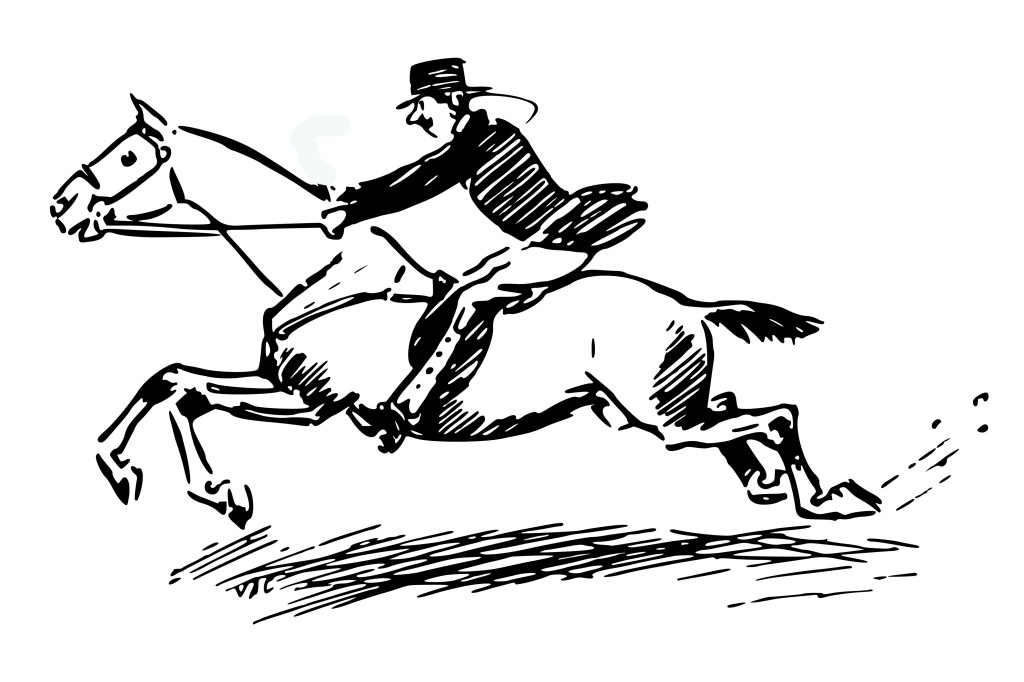Note: This article distinguishes pastor and minister. Minister is any teaching elder, while pastor is a teaching elder currently installed in a particular congregation.
What happens at your church when your pastor is away? Today, the RPCNA is blessed to have pastors in the large majority of its congregations and to have numerous ministers serving non-pastoral roles, but this was not always the case. Before the 20th Century, there were typically many more congregations than ministers, and a large share of congregations were always vacant.
When the early Reformed Presbyterians left the Church of Scotland in the late 17th Century, they had a few ministers, but all soon rejoined the Church of Scotland. Since there were no ministers to lead regular worship services, members formed a network of “societies,” small groups that met in homes each week to pray, read the Bible, and sing. In many ways, these societies were congregationalist: without elders to form ...
